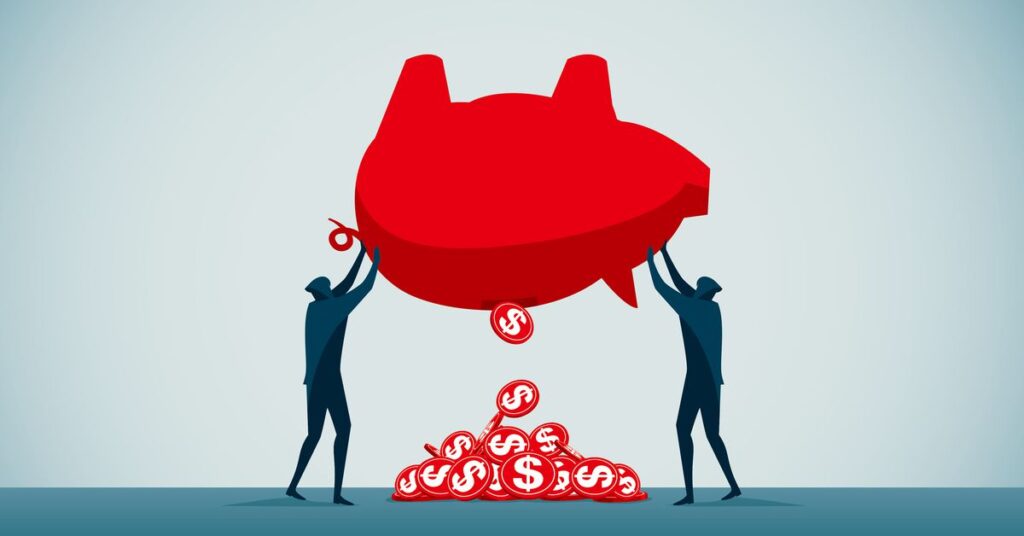The whisper of the word “bailout” is enough to send a shiver down anyone’s spine. For most, it evokes specific and evocative memories of the 2008 global financial crisis, when the United States government stepped in to keep flailing financial institutions afloat using taxpayer money. In the popular imagination, it persists as an example of capitalistic governance at its worst: The big banks took big risks, and everybody else paid for it.
Now, in the wake of Silicon Valley Bank’s implosion and the government’s announcement that it will step in to return money to depositors and shore up the US banking system once again, the term bailout is here once again. But is that what’s really happening here? The long and short of it is that it’s complicated, but basically, kind of yes, though this isn’t a 2008 redux.
To back up a little bit in case you’re not up to speed, over the past several days, a handful of US banks have been in disarray. (You could check out Vox’s answers to nine questions you might have about the debacle here.) Silicon Valley Bank, or SVB, a bank that largely catered to the tech sector, startups, and venture capital, went under last week. The bank announced it was in the midst of a cash crunch on Wednesday, March 8, and by Friday, March 10, regulators shuttered it and the FDIC took it over.
Heading into the weekend, there was a bunch of speculation about what would happen with SVB specifically. It had a lot of important clients (including Vox Media, which owns Vox.com), and while many depositors were able to pull their money out before it collapsed, not everyone could. There were concerns companies wouldn’t, for example, be able to make payroll with their funds caught up in SVB.
On Sunday, March 12, the Treasury Department, the Federal Reserve, and the FDIC announced that they were taking “decisive actions” to protect the economy and shore up confidence in the banking system. They said they would make sure all of…
Read the full article here





